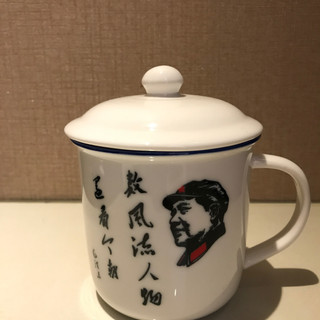B2N goes conferencing: ESP9 World Conference, 11.–15.12.2017, Shenzhen, China. Part 2: Keynotes, cu
- Johanna Kujala
- Dec 13, 2017
- 3 min read
After having crossed the border between Hong Kong and China, we arrived in the city of Shenzhen and our conference venue; the Kylin Villa Hotel in the middle of beautiful hills next to the city. Shenzhen is an urban metropole that has grown from a small fishery village to a mega-city with about 12 million people in less than 30 years. Although growing very fast, Shenzhen still maintains a green coverage rate of about 45%, which could be witnessed from our hotel premises, too.
The first conference day consisted of the conference opening with interesting cultural programme and several keynote presentations. The conference participants were welcomed on behalf of the conference organizers by Professor Junguo Liu from Southern University of Science and Technology, China and by Professor Robert Costanza from Australian National University, Australia.
In his speech, Professor Liu highlighted that, as one of the world’s earliest civilizations, China has experienced three phases of civilization: (1) The pre-history civilization that heavily relied on the nature, (2) The agricultural civilization that made limited use of the nature, and (3) The industrial civilisation that conquered the nature with many adverse environmental consequences. In 2012, the Chinese government incorporated building the ecological civilization into the overall development plan. Hence, the title of the ESP9 conference is “Ecosystem Services for Eco-civilization.” Addressing the pollution challenge and the ecological degradation is a priority in the current plan.
Professor Costanza agreed that the conference theme is especially important in China, which is trying to create a new, sustainable eco-civilization. He also pointed out that President Xi Jinping has been quoted as saying: “A good ecological environment is the most universal common good” and “We would rather have clear water and green mountains than mountains of silver and gold.”
After the opening speeches, we had an opportunity to watch fascinating cultural programme with Chinese music, dance, and kung fu. As a combination of modern light and sound effects with traditional music and dance performances, the show seemed to reflect the current situation of Chines society. While the modernization is very fast in China, it has to be combined with the strong traditions of the ancient civilization.
In the afternoon, we took a stroll around the hotel premises to find out what kind of flora and fauna there is. After having lost ourselves in a small bamboo forest, we found a well-kept trail that took us to one of the small hills nearby. We found a variety of local plants but also some invasive species in the local dumbing area up in the hill.
We also participated to the poster session and took a look at the interesting posters presenting research on ecosystem services around the world. We were also asked to evaluate the posters and therefore we paid special attention not just to the content of the posters but also to their layout and ability to communicate the research results. The general observation was that researchers tend to load their posters with too much information instead of trying to point out the most important and interesting issues. Most of the posters could have been substantially improved by concentrating on the most relevant information in terms of key findings and contribution.
We ended the first day by taking a taxi to the nearby (30 minutes drive) vegan restaurant. Contrarily to our expectations, it is surprisingly difficult to find vegetarian and vegan food in China. But when you finally find it, it is delicious. After our dinner, we drove another 30 minutes to the city centre and did some grocery and souvenir shopping. A mug with Mao is a must buy!
To be continued…
Click on the images for bigger photos.



































Comments